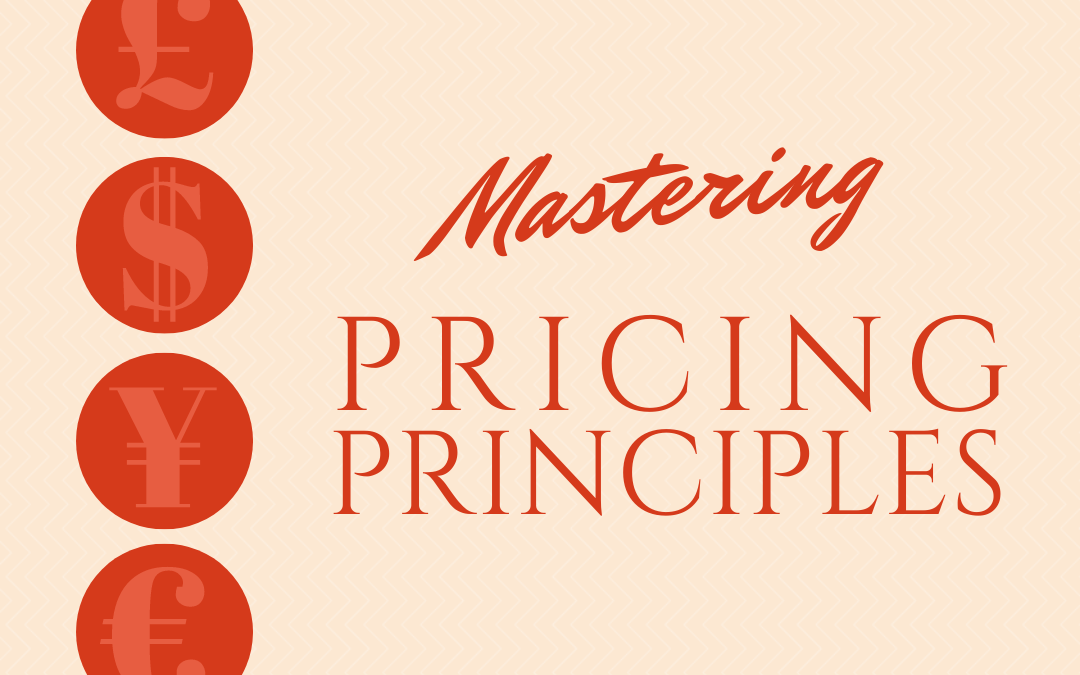Curated by Gregory Ciotti, part of the content marketing team at Shopify and prior to that, Customer Champion at Help Scout. Gregory writes essays on human behavior on his blog, Sparring Mind.
There’s a reason people on Craigslist are always overvaluing their crap: the right “price” cannot be perfectly deduced; it is highly dependent on context.
Legendary investor Warren Buffet once said, “Price is what you pay, value is what you get.” Since time immemorial, entrepreneurs and salesmen have tried to figure out how to sell their value at the “optimal” price. Fact is, looking for the “perfect” price which extracts maximum revenue from every single customer is like searching for the holy grail; this is an art, not a science. However, that doesn’t mean we can’t use time tested research and analysis to help us evaluate and reconsider our own prices. Here are a few must-read resources to get you started.
The best introduction to pricing around. While books like The Strategy and Tactics of Pricing are better deep dives into the topic, The Psychology of Price covers all the bases one needs to have a fundamental understanding of this complex topic.
The best way to put this book to work is to write-up your own “SparkNotes” once you’ve finished reading. I know that sounds slightly tedious, but it’s a great way to go from A –> B on pricing knowledge (from dummy to informed, so to speak).
While you’ll see many of these papers scattered throughout the web, I hadn’t seen a great evaluation of all of the most important pricing research, so I wrote one myself.
Think about a few times you’ve seen these pricing ploys in action — were you able to recognize them? Did they sway your decision-making anyway? Why or why not?
The book on understanding why people bought “Product X” when you thought it was totally inferior to the alternative. This book goes into detail on how and why the perception of value is a key component of setting prices people will pay.
I encourage you to read this review and decide which sort of reader you are; if you think the first half of the book (which focuses on the “why”) will slow you down, read the second half (with the examples) first, and then come back to page 1.
Pricing is not often just the act of figuring out what to charge; there’s also the mental game. Overcoming fears like “What if every customer abandons me because I raised my prices?!” is something every entrepreneur struggles with; here are a few principles to always keep in mind.
After reading, consider if you’ve ever faced any of the decisions outlined in this essay. What was your response? If you hesitated to take action, what stopped you?
Even if you’re not in SaaS, these are exceptional reads with deep psychological insights on common mistakes entrepreneurs make in pricing their products.
Go to your current pricing page after reading this (hell, print it out if you have to!) and markup where you are making the mistakes outlined in these essays.
Other Product Psychology Lessons
- Building Community Starts with Understanding People
- When Persuasion Becomes Deception
- Mastering Pricing Principles
- A Handy Behavioral Design Toolkit
- Onboarding Matters – Getting Users Engaged in your Product
- Dual Process Theory: Is Your Product the Elephant or the Rider?
- Web Psychology – The Science of Online Persuasion
- Developing User Empathy with Design Sprints
- Want To Be A Game Psychologist? What You Need to Know
- How to Do Effective User Research
- Context Driven Design (The “Context Effect”)
- Writing Copy for Your Reader’s Brain
- Designing Habit-Forming Products
- Games, Play, and Motivation
- How Scarcity & Impatience Drive Irrational User Behavior
- Should You Listen To Your Users or Your Data?
- Emotional Engagement – Designing with the Heart in Mind
- Product Psychology: The 3 Things Everyone Should Know About

